While geothermal is typically associated with its ability to provide clean energy for electricity and heating & cooling, did you know that it also contributes to local development and sustainable tourism?

Let’s take a look at 6 geothermal destinations in Europe to help you plan for a “renewable” holiday. These destinations were not ranked in any particular order and there are plenty of other geothermal sites beyond this list.
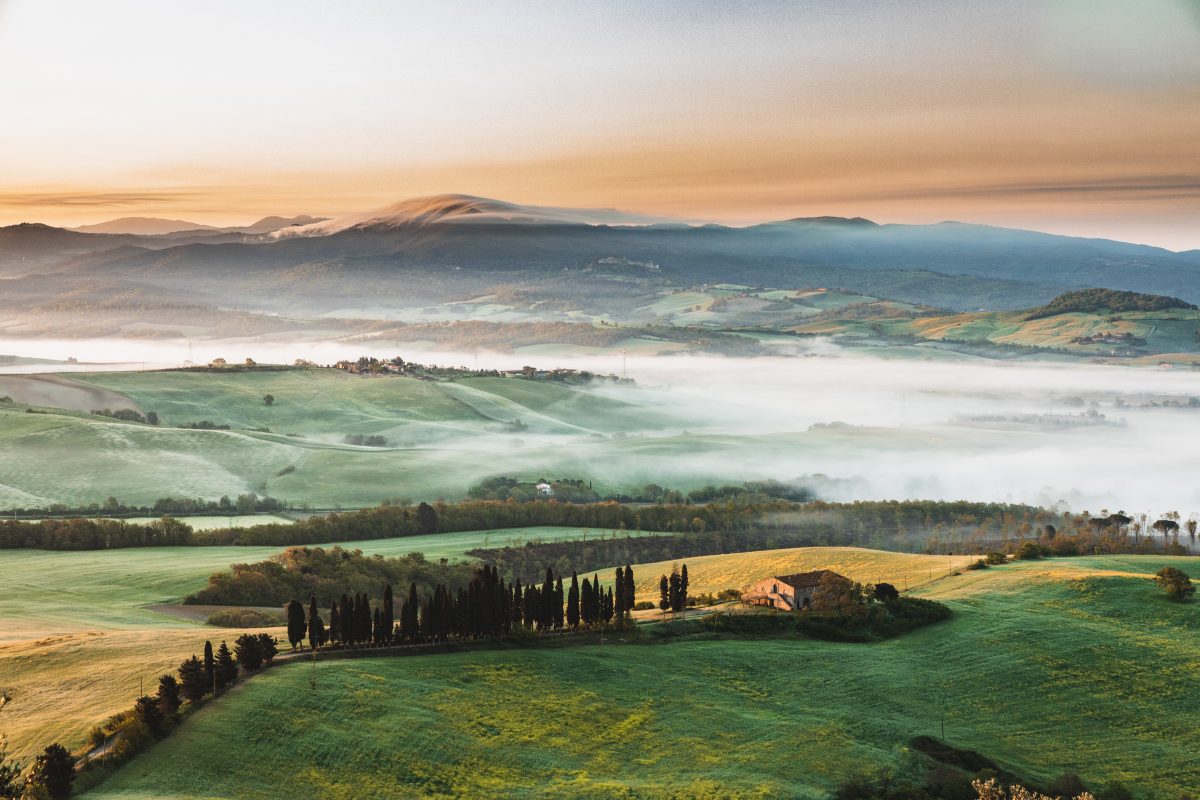
Besides being famous for its cuisine and cultural impact in the arts, Tuscany also is home to Larderello. Also known as the “Devil’s Valley,” for its soaring white steam, boiling waters, and landscape resembling the moon. This is one of the oldest geothermal sites in Europe with its volcanic nature and hot springs. Some even call it the world capital of geothermal! Guided tours around the area and the geothermal plants are constantly being hosted. Not only can you hike around this unique landscape, but you can also pay a visit to the Geothermal Museum to learn more about the history and technology of geothermal. Afterwards, be sure to stop by Vapori di Birra, the first microbrewery in Italy that produces craft beer using geothermal energy, for a nice refreshing drink.
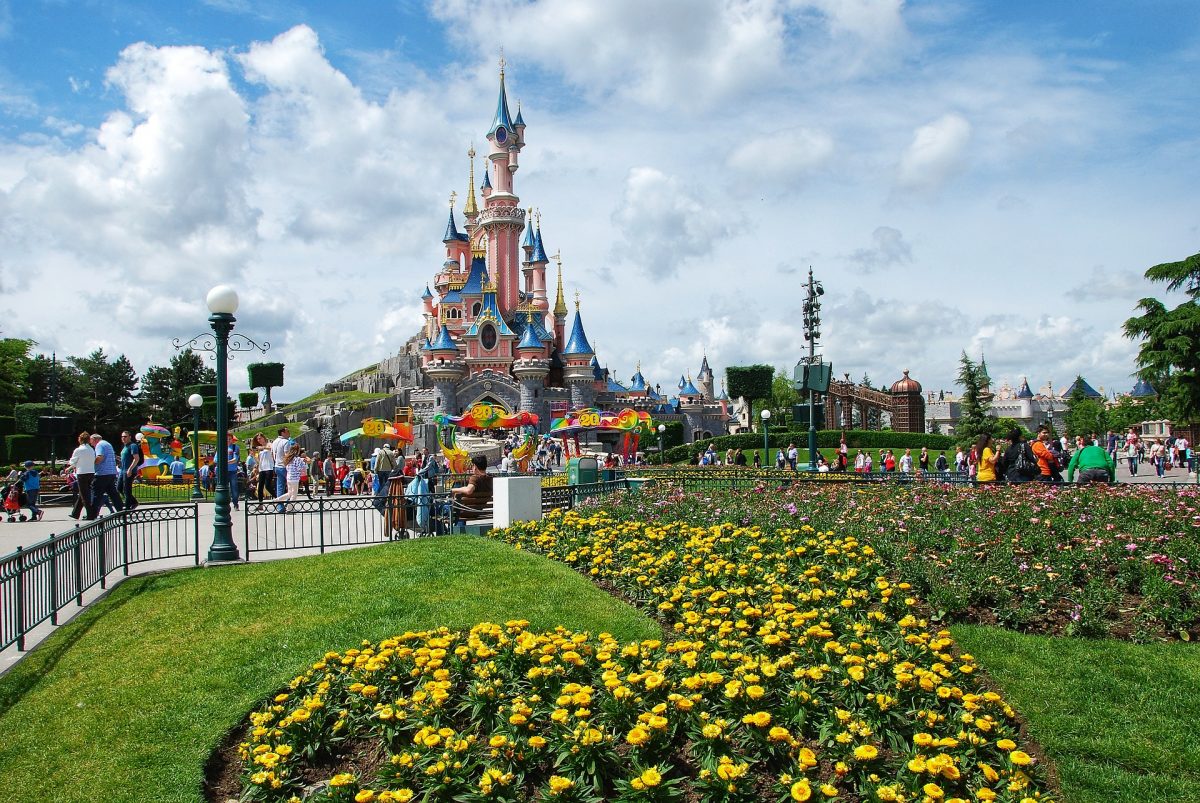
Just 15 minutes away from Disneyland Paris, lies Villages Nature Paris whose goal is to find harmony between man and nature. Euro Disney and Pierre & Vacances-Center Parks have teamed up together to create an ecotourism village offering an opportunity to reconnect with things that truly matter, while minimising the impact on the environment. This unique attraction features five different immersive worlds including a water park, a farm, gardens, and play area for the kids. Throughout the entire site, geothermal energy is providing the heating of the buildings as well as the hot water strengthening the park’s mission to be more sustainable by reducing its carbon emissions. It is a great spot for families to have fun as well as reminding them about the importance and beauty of nature.
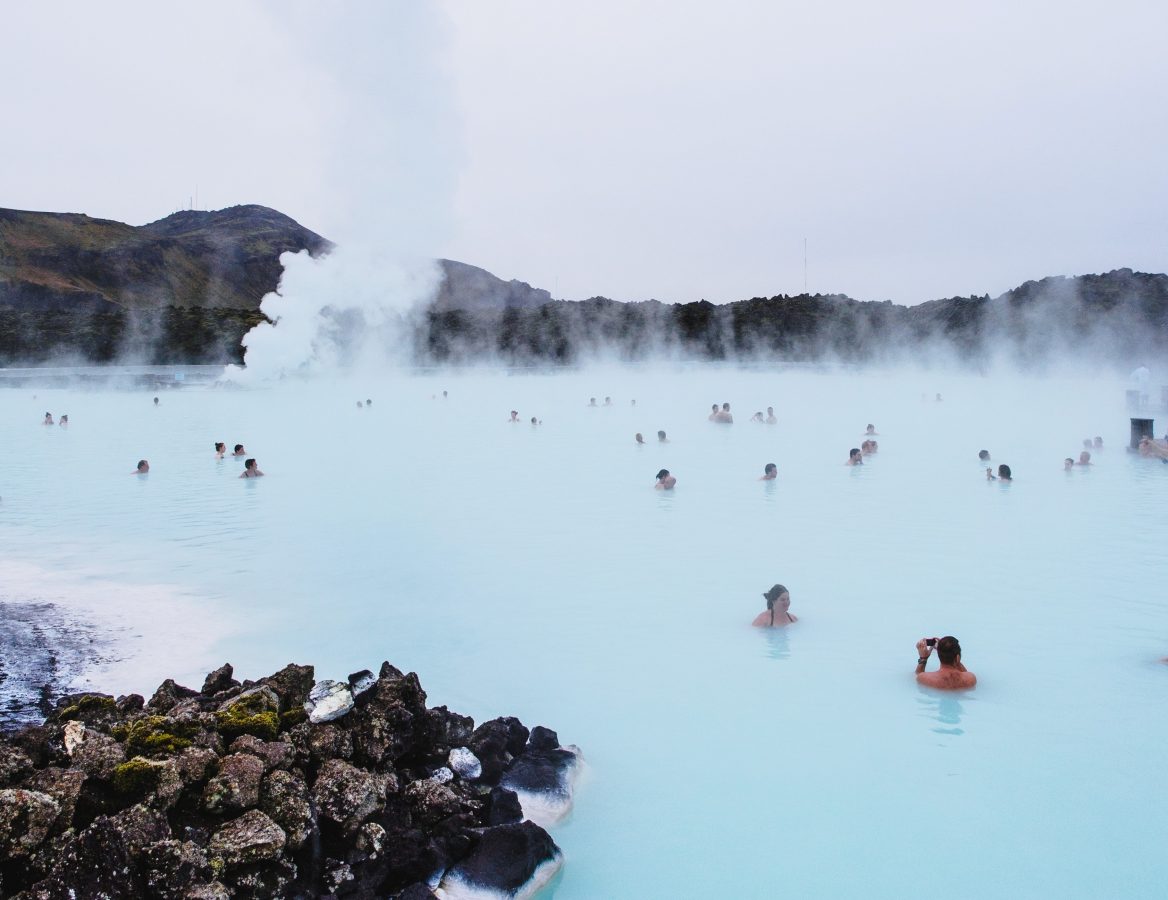
You surely have already heard about the Blue Lagoon. It is one of Iceland’s most popular attractions and is one of the most visited geothermal sites in the world. Of course, its fame comes to no surprise. The milky blue water is unlike anything else, rich with minerals proven to be very good for anyone’s skin. In contrast with this deep blue water, the lagoon is surrounded by black lava fields making the location seem surreal and picturesque. However, very little people know the true history of this world wonder. The Blue Lagoon is actually man-made and was built right next to the geothermal power plant, Svartsengi. In fact, the water in Blue Lagoon is the wastewater from the power plant which is drilling for steam and hot water! The water sits at 39°C year-around, making the perfect temperature for bathing all year around.
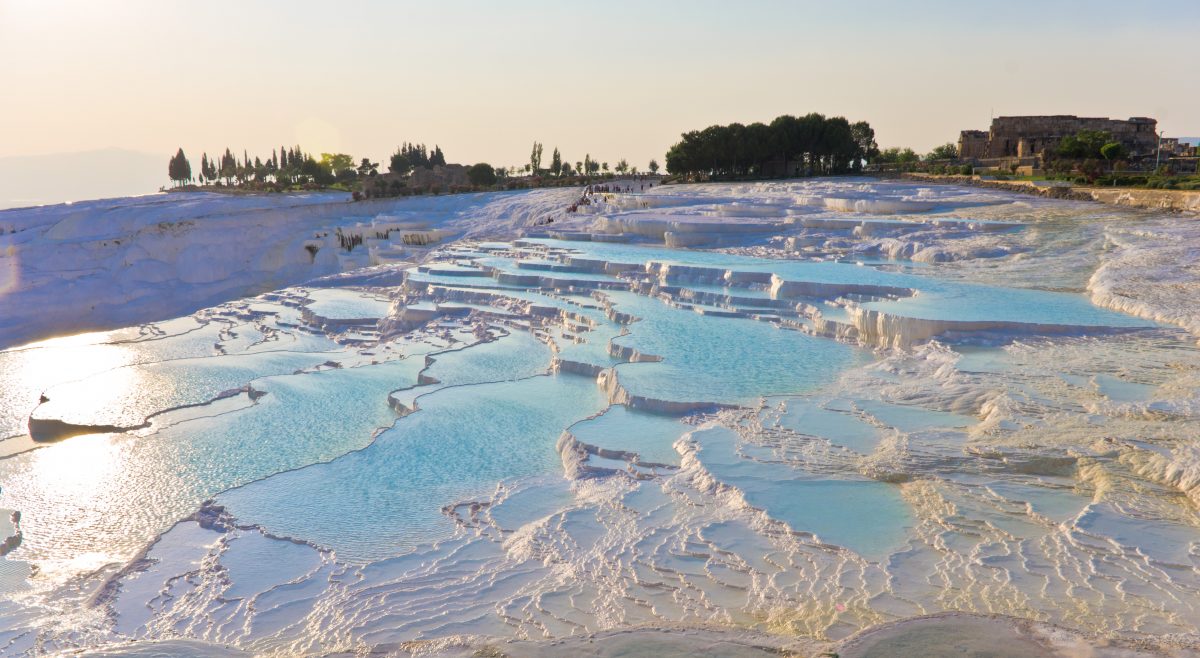
Located in the well-preserved ruins of the Greek-Roman city of Hierapolis, lies the white travertine terraces filled with warm pools of mineral-rich waters of Pamukkale. Pamukkale, meaning “cotton castle” in Turkish, is a natural geothermal site located in Turkey’s picturesque southwest. The calcium-rich hot springs from the valley are heated by geothermal power and tourists flock daily to seek its health benefits. In 2019, this UNESCO World Heritage site was the fourth most visited in all of Turkey. This is an ideal holiday destination for any history lovers as you can bathe and roam around this ancient Greek-Roman spa city as they once did hundreds of years before.
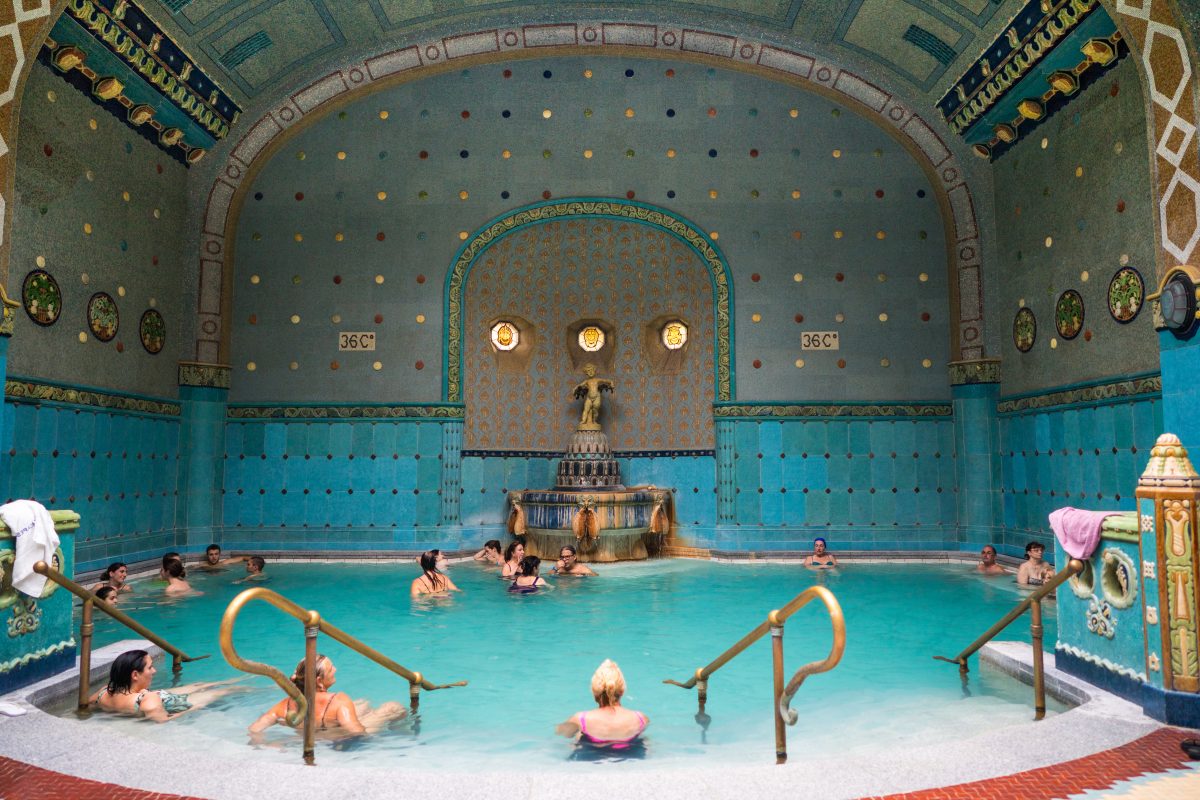
Thermal baths are scattered throughout the city of Budapest each varying in design. These spas have been a cultural tradition for locals and has been an attraction for visitors from all over the world. The Romans first took advantage of the waters in the first century AD. The water from the springs contains a rich mix of minerals that have traditionally been used to treat arthritis, skin conditions, poor circulation and a plethora of aches and pains. Later in the 16th and 17th centuries, when Hungary was occupied by the Ottoman Turks, they established bath houses along the Danube River several which are still in use today. There are currently nine functioning baths in the city, which are naturally fed by 120 geothermal hot springs!

For all the adventurous foodies out there, the food preparation technique at the El Diablo Restaurant on the island of Lanzarote in Spain is unlike any other. It has a one of a kind kitchen: a volcanic hole in the ground using geothermal heat to barbecue food. Located right on top of the dormant volcano’s opening, a giant grill is laid across where 6 feet below lies the bubbling lava at 400 degrees Celsius, which is the perfect temperature for any volcanically grilled meats. The restaurant also has a panoramic view of Timanfaya National Park, known for its Martian landscape of red sands and volcanic rock.
Sklene Teplice, Slovakia
Geothermal Bakery, Laugarvatn Fontana, Iceland
Do you want to know more about the many uses of geothermal energy? Check out EGEC’s Geothermal Decade

BE SOCIAL & SHARE